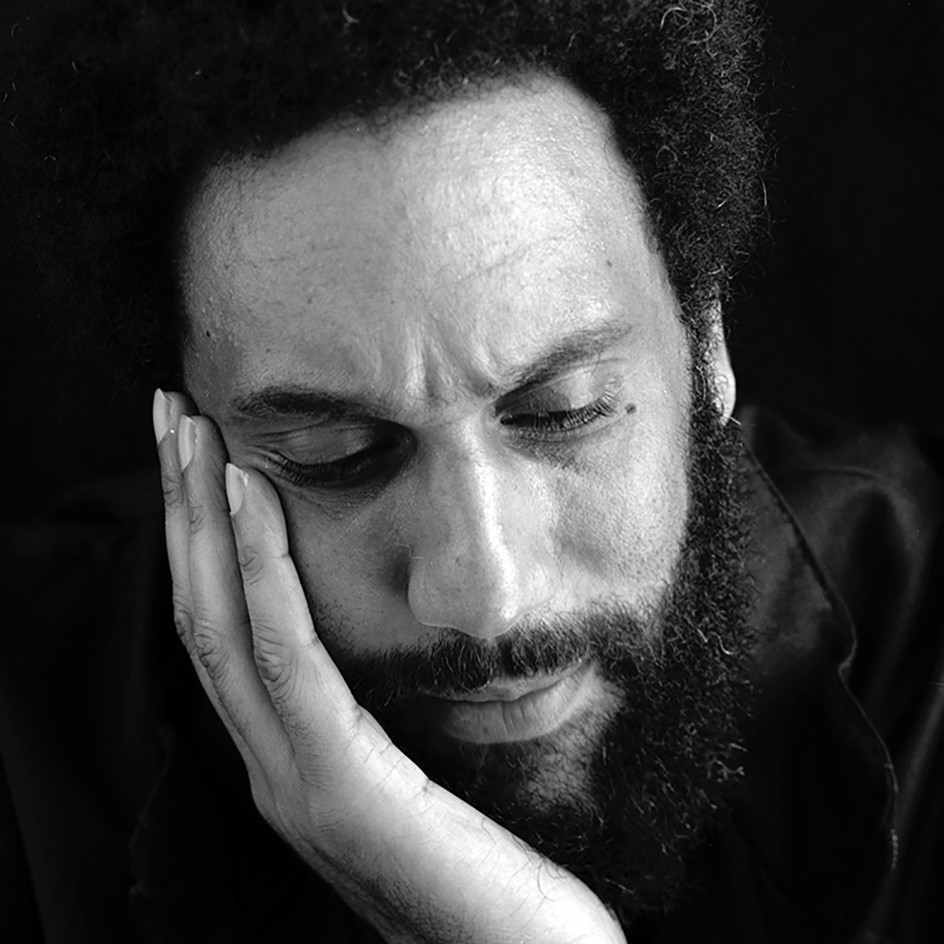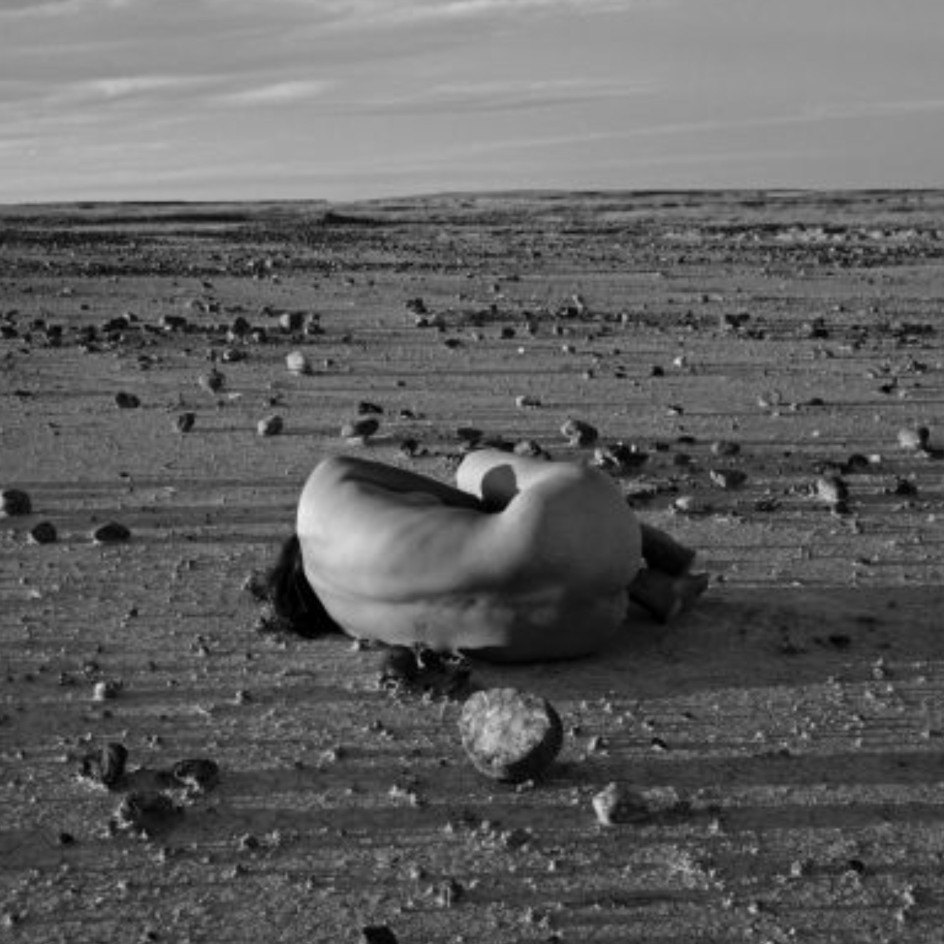Judy DATER
-

Imogen and Twinka at Yosemite

Self- portrait with Stone

Self-portrait with Sparkler

Self-portrait with Petroglyph

Self-portrait in Car

Self-portrait with Bugs Bunny

Self-portrait in Party Dress

Eating

Ena Everett

Tai Chi Woman

Maxine Hong Kingston

Russ Ellis

Linda Boyd

Jessica

Cherie

Bill and his Rolls

From Love Letters #3

Double Heart Tree

Teenage Diary

Self-portrait, Craters of the Moon

Self Portrait Holding Up Rock

Vickie Singer

Dreamer

Maureen with fan

Viewing Mt. Rushmore

Joyce Goldstein in her Kitchen

Nike

Summary
Judy Dater’s subjects are her cast of characters, she chooses them instinctively for what she perceives to be their ability to express emotions, to be playful, sexy and humorous, and to reveal what she identifies as soul. Her work transcends the personal and creates a universal language of expression that the viewer can identify, connect, and empathize with on an intuitive level. The human face is infinite in its variety. Dater finds her subjects (from Maxine Hong Kingston to Imogen Cunningham to name a couple) anywhere and everywhere, from standing in line to buy bread in Berkeley, California, to meeting someone on the street in Tokyo, or a cafe in Cairo, to stepping out of an elevator in Rome. “The excitement and delight I experience when I see a face that I want to possess allows me to overcome my inhibition and approach them, but not always. There are the ones that "got away." We live in a time of virtual experience where we can distance ourselves from the uncomfortable realities around us. I crave the authentic and revel in the messiness and complexity of human feelings and emotions.”
The nude body, women, men, and herself, became an important vehicle for her to express ideas about sexuality, gender politics, freedom, vulnerability, strength and character. Dater thinks of her nude photographs as "naked portraits," portraits with heat. “Naked portraits take us out of the realm of the "normal" and a highly charged drama develops between the model and myself that requires a balance between control and abandon. Over the course of fifty years I continue to return to my original love of the black and white image. It possesses the alchemy to transform and dramatize the ordinary while emphasizing surface and texture through the rich tonalities of the gray scale. I wish to conjure a world of poetic imagination that embraces the unabashedly romantic and unvarnished reality.”
Judy Dater has been a major figure contributing to Photography’s breakout moment in the 1960s. Over the years her intimate and insightful portraits and nudes have influenced and inspired a generation of photographers. Her work has been exhibited world-wide and is held in numerous important collections. Her work is the subject of of several books including Women and Other Visions with Jack Welpott, 1975, Imogen Cunningham: A Portrait, 1979, Judy Dater: 20 Years, 1986, Cycles, 1992, and Only Human, 2017, which coincided with a major retrospective of her work at the de Young Museum in San Francisco.
Dater was born in 1941 in Hollywood and grew up in Los Angeles. Her father owned a movie theater, so movies became the prism through which she viewed the world and they had a profound influence on her photography. She studied art at UCLA from 1959 to 1962 before moving to San Francisco and received a bachelor’s degree in 1963 and a master’s degree in 1966, both from San Francisco State University.
Press
Judy DATER
Art and Antiques Magazine - Judy Dater
2018-06-22
Judy DATER
Press Release Judy Dater
2018-05-08
Judy DATER
Judy Dater retrospective celebrates photographer's focus on people
2018-04-02



























